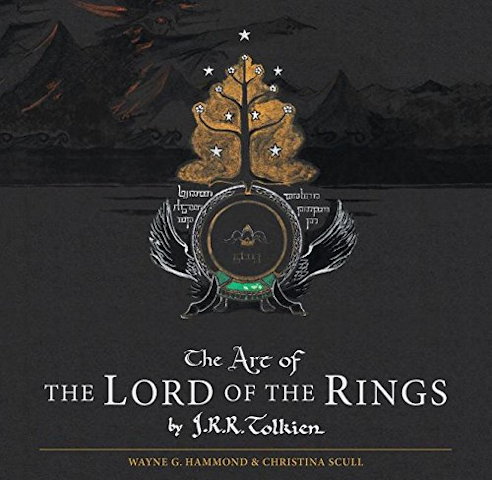
Dyson’s Dodecahedron started out as a blog about role-playing games that over time transformed itself into a source of dungeon maps; the impetus was a dungeon he’d written up for a one-page dungeon contest:
I wasn’t happy with the map I drew for that dungeon, and started looking at the maps drawn by other members of my various RPG groups. I started to develop a new style for my maps. Not an “original” style overall—it is strongly based in the cartography I enjoyed from old Palladium and Chaosisum products, but significantly less like the style of the traditional D&D map which is very grid-oriented.
Then I started to post maps drawn in this style. As I practiced the style, I challenged myself to draw a geomorph every other day until I had at least 100 geomorphs. The blog got pretty boring during this stretch, but I learned a lot about mapping and dungeon design, and the blog got a reputation as a mapping blog.
Dyson’s archive of maps is now quite extensive; the maps are generally free for personal use and available under various licences. He’s also got a Patreon page. [Boing Boing]











